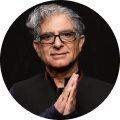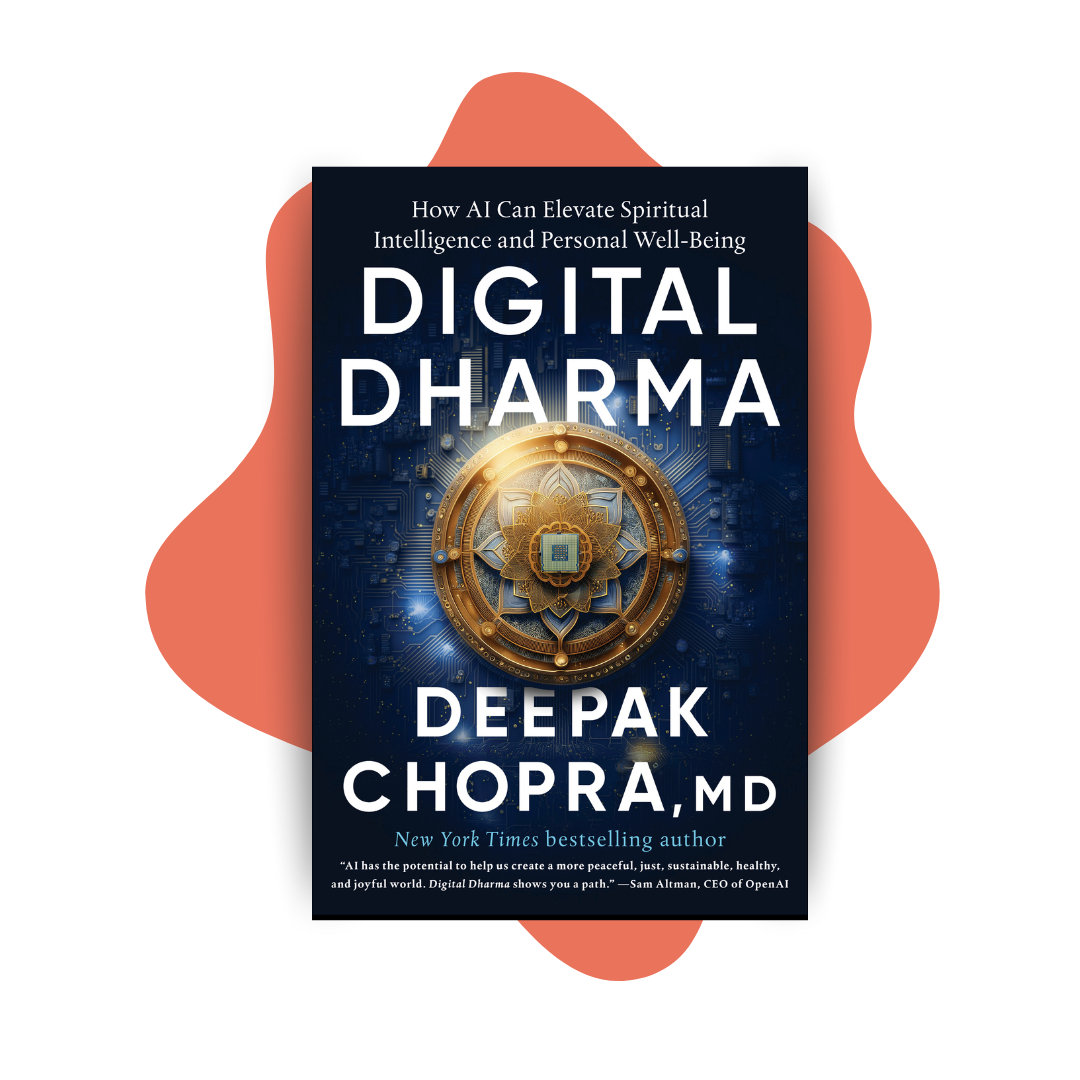What’s So Important about Nothing?.
When your mind and heart are truly open abundance will flow to you effortlessly and easily.
Parents of young children fob off the question, “Where do babies come from?” until a time when the truth can be told without disturbance. That time hasn’t arrived when cosmologists are asked “Where did the universe come from? Because there is no suitable answer. People would be amazed, and probably shocked, that a standard answer, held by many physicists, is that the universe came from nothing.
What suddenly makes this a very personal answer is that the kind of nothing referred to is the same nothing that all physical objects come from, including the human body. The notion of “something from nothing” is a fascinating twist in quantum theory, which I’d like to look at as a human question of deep significance.
Nothingness is complicated. Various interpretations speak of absolute nothingness—the state of total nonexistence—while others consider this impossible. Science is more likely to create models where nothingness vibrates with potential, the way a blank page has the potential for infinite numbers of words to be written on it.
But it is still inconceivable how nothingness creates the Big Bang and creates even the tiniest subatomic particle. Imagine playing jump rope on the playground as a child, with the rope standing in for vibrating energy or ripples in the quantum field. When the recess bell rings, the rope is dropped, and it won’t vibrate again until a child picks it up. Somehow, the cosmic vibrations that vanish into the so-called quantum vacuum (a popular version of nothingness in physics) pop back into existence of their own accord. Nobody picks them up; in fact, there is no cause involved.
The leap from “nothing to something” happens before causation ever existed. Causation requires laws of nature, and no one has found evidence that laws of nature pre-exist the Big Bang. Science is based on empirical evidence, yet every conjecture about “nothing” is totally abstract, hypothetical, and devoid of evidence.
Now we can jump to the human realm. We experience the jump from “nothing to something” all the time; we couldn’t exist without it. Every new thought jumps from nothing, which is one reason why nobody can viably explain what a thought is, why the next thought occurs in relation to the one before, and how a silent mind suddenly speaks. Another jump from “nothing to something” is needed in order for creativity to exist; otherwise, there would be no new paintings, music, or scientific breakthroughs.
It would seem, therefore, that the model of nothingness as pure potential wins out. But this doesn’t get us very far. Causation remains a huge stumbling block. It isn’t as if the thought I have this minute causes my next thought, or that the painting that Leonardo did before the Mona Lisa caused the Mona Lisa. Once you see the seriousness of this obstacle, more follow in its wake. Two billiard balls caroming off each other sufficed for Newtonian causation, but when a human being decides to act, there is intentionality, awareness, emotion, past history, and the whole mystery of individuality that come into play. Nobody can tell why I might love Swiss chard and you hate it.
The way out of this complex dilemma is to realize that “nothing” is a mental construct. The mathematical equivalent of nothing, which is zero, didn’t exist before it was discovered or invented by the Sumerians and Indians. Switching to common parlance, people hold all kinds of contradictory, fuzzy, and undefined ideas of “nothing” at the same time.
“Nothing” can be positive, as in “Nothing is wrong,” or deeply feared, as in “Nothing exists after we die.” It can stand for emotional rejection, as in “I feel nothing for you,” or unconditional love, as in “Nothing can tear us apart.” In all, nothingness has a special importance that needs to be clarified.
This has already occurred, fortunately. In the Vedic tradition, proof of higher consciousness was needed, just as it is today, in order to be real. Consciousness is a personal experience, so this proof had to be experiential. The answer that is based on nothing is known as “Neti neti,” usually translated from Sanskrit as “Not this, not that.” The notion behind “Neti neti” in modern terms is this: if you weed out everything that isn’t real, what’s left is real.”
In the Upanishads, this method was assigned to the search for Brahman, the ultimate reality. By reflecting on everything that isn’t Brahman, one essentially eliminates anything that has an opposite. Good can’t be part of the ultimate reality because it is contradicted by its opposite, evil. Thought can’t be the ultimate reality, because it is contradicted by the absence of thought, or unconsciousness.
“Neti neti” turned out to have two very surprising conclusions that apply to everyday life. The first is that reality is absolute wholeness creating everything within itself yet without possessing any quality of its own. This is why Brahman is often described through negatives: unborn, undying, indestructible, not created, neither here nor there, etc. The second surprise is that what applies to Brahman applies to you and me.
Our essence is also unborn, undying, indestructible, not created, neither here nor there, etc. To accept this means giving up on models, theories, opinions, beliefs, and received wisdom about what a human being is. We are as all-inclusive as the creativity that pours from us. When we feel trapped inside a pair of opposites, such as good and evil, peace and violence, free will, and fate, the picture is short-sighted. No opposites contain us, even though we express opposites in everyday life.
It helps to have this origin story. “Neti neti” doesn’t solve the question of what preceded the big bang, because there’s no empirical evidence to consider and probably never will be. How can you ask the question “What came before the Big Bang?” because “before” implies the existence of time, and there’s no proof that time preceded the Big Bang or not.
But we need to take one step beyond our origins story. The “nothing” of pure awareness is filled with infinite potential, according to the Vedic sages, and therefore, the highest state of consciousness has no qualities. It is defined by all the negatives listed above, yet somehow the human mind can be aware of such an inconceivable state. There is Brahman consciousness, and those who have attained it point to deep sleep as the true experience of reality. The trick is to be aware while in deep sleep. That might be far from everyday experience, but one thing does apply to all of us: There is something deeply important about nothing because nothing is the place where humanity finds its essence and its fulfillment.
DEEPAK CHOPRA MD, FACP, FRCP, founder of The Chopra Foundation, a non-profit entity for research on well-being and humanitarianism, and Chopra Global, a whole health company at the intersection of science and spirituality, is a world-renowned pioneer in integrative medicine and personal transformation. Chopra is a Clinical Professor of Family Medicine and Public Health at the University of California, San Diego, and serves as a senior scientist with Gallup Organization. He is the author of over 90 books translated into over forty-three languages, including numerous New York Times bestsellers. Chopra has been at the forefront of the meditation revolution for the last thirty years. He is the author of the forthcoming book, Digital Dharma: How to Use AI to Raise Your Spiritual Intelligence and Personal Well-Being. TIME magazine has described Dr. Chopra as “one of the top 100 heroes and icons of the century.” www.deepakchopra.com

